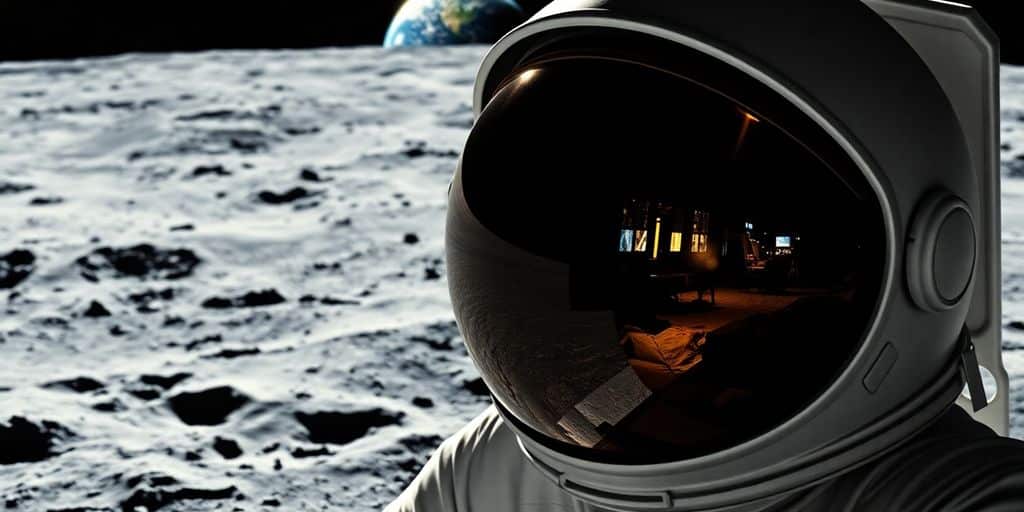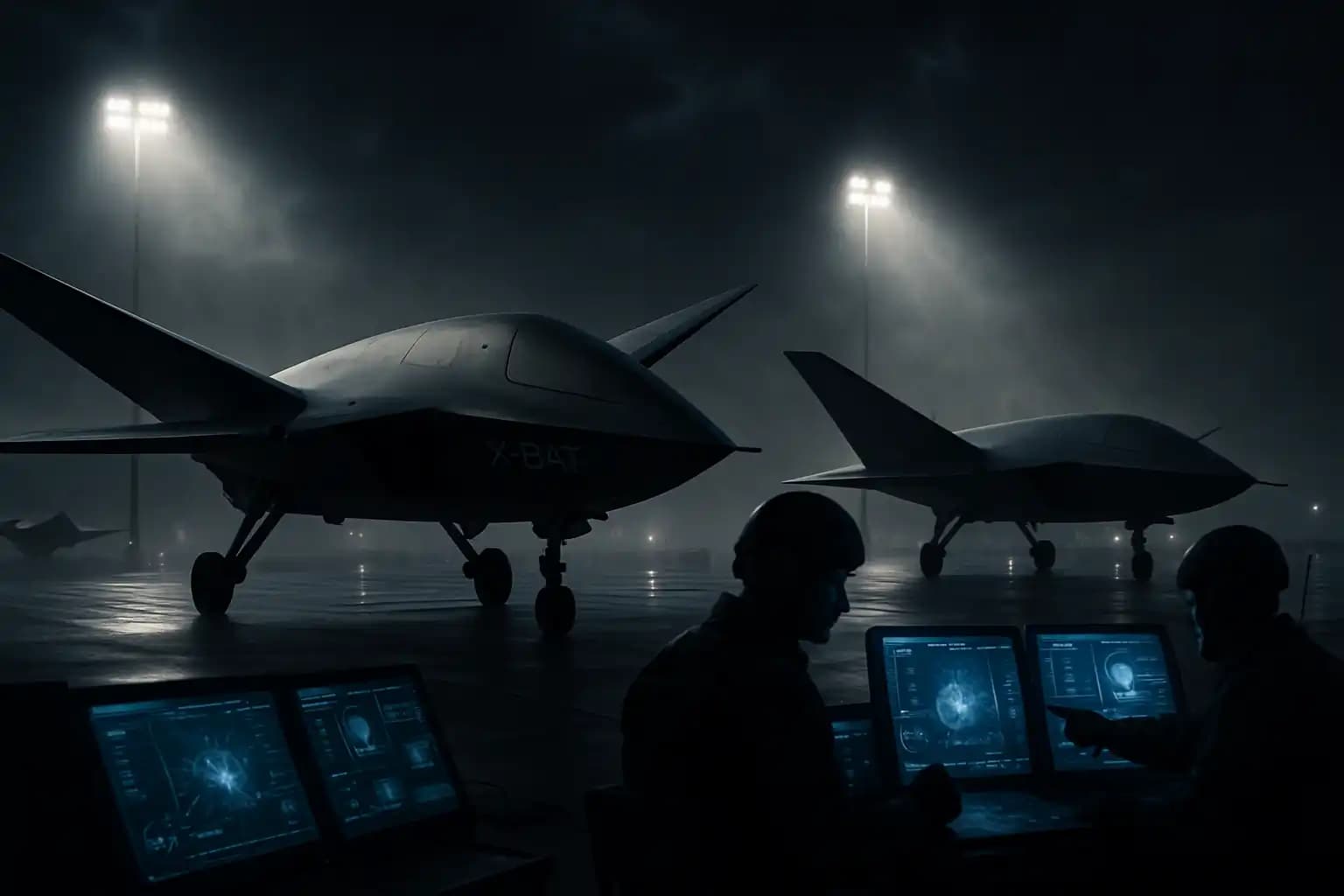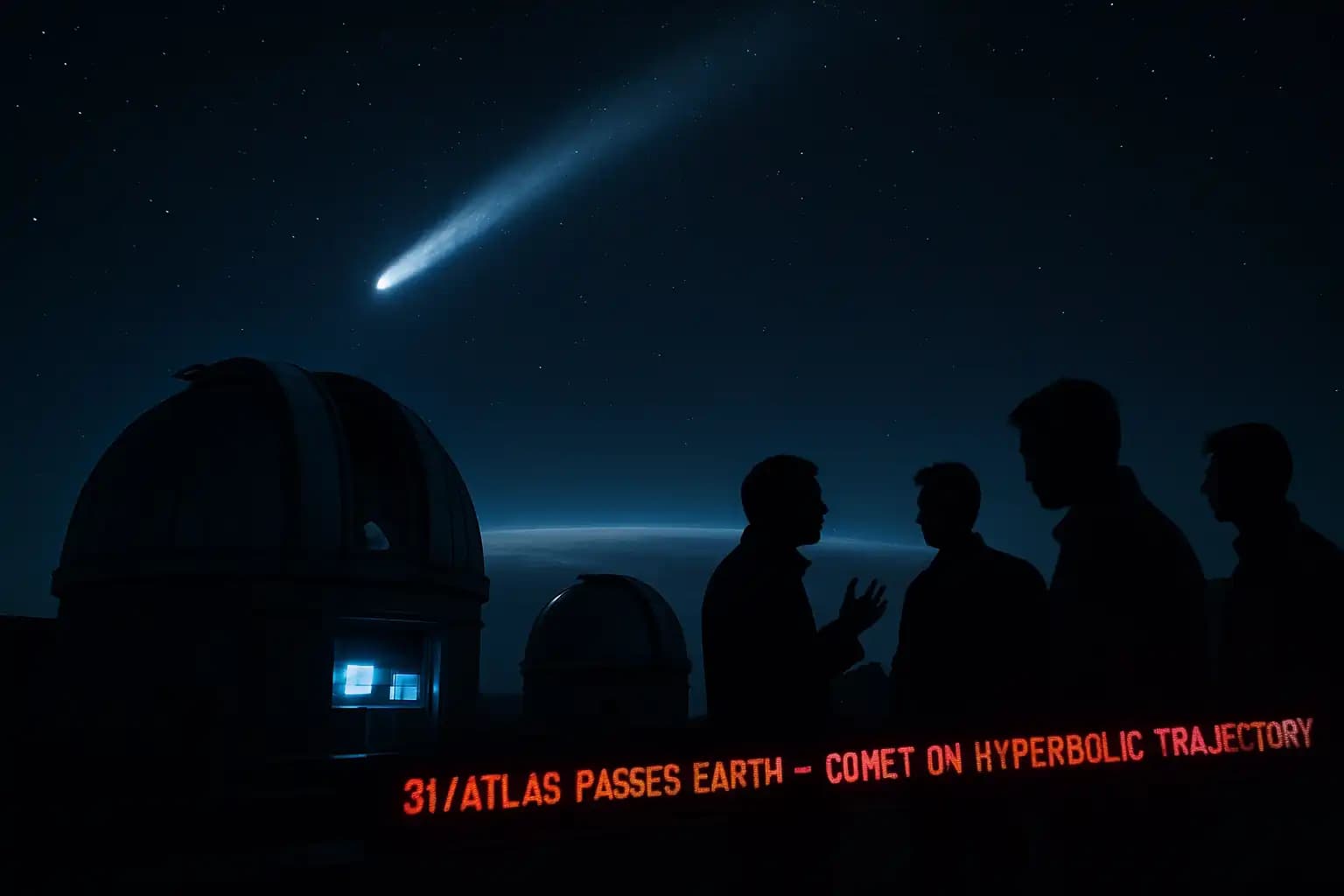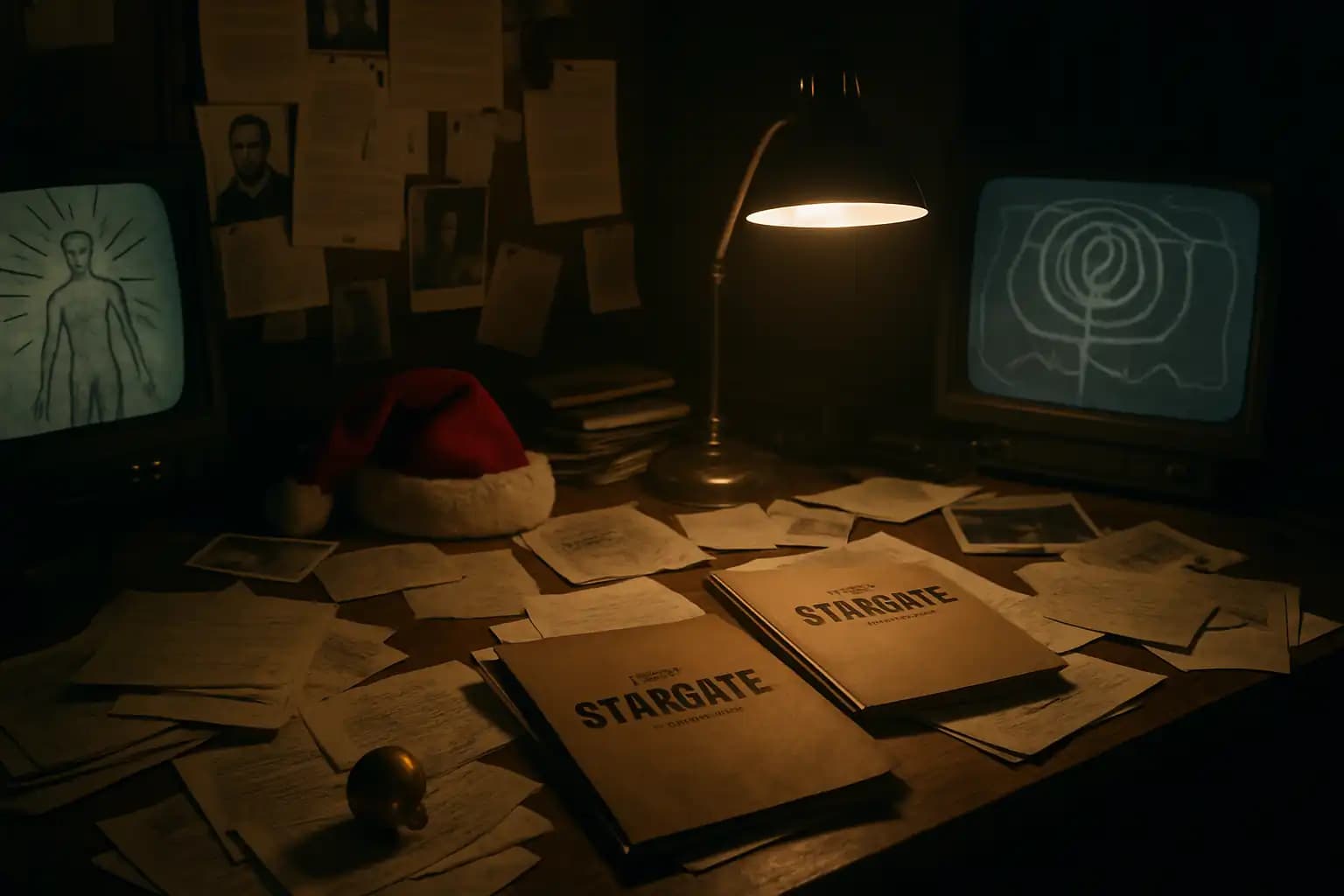The Moon Landing Conspiracy has fascinated and puzzled many for decades. While the Apollo missions marked a significant achievement in human history, some people believe that these events were staged. This article will explore the myths and facts surrounding the Moon landing, examining the origins of the conspiracy, the evidence for and against it, and the cultural impact of these beliefs.
Key Takeaways
- The Moon Landing Conspiracy started in the 1960s, fueled by distrust in the government.
- Many believe that the U.S. faked the moon landing to win the Space Race against the Soviets.
- Photographic evidence has been analyzed, but many still claim it was manipulated.
- Astronauts have consistently testified about their experiences on the moon.
- Media portrayals have played a significant role in shaping public perception of the conspiracy.
The Enigma of the Moon Landing Conspiracy

The moon landing conspiracy theories have captivated minds for decades, weaving a complex web of mystery and intrigue.
Origins of the Hoax Theory
The seeds of doubt were sown shortly after the historic Apollo 11 mission in 1969. Many skeptics began to question the authenticity of the moon landing, suggesting that it was a grand deception orchestrated by NASA. This theory gained traction due to several factors:
- Cultural Context: The Cold War era heightened suspicions about government transparency.
- Media Influence: Films like "Capricorn One" fueled imaginations about staged space missions.
- Public Skepticism: A natural human tendency to question extraordinary claims.
Key Figures in the Conspiracy
Several individuals have emerged as prominent voices in the moon landing conspiracy movement. These figures often cite various pieces of supposed evidence to support their claims, including:
- Bill Kaysing: One of the first to publish a book questioning the moon landings.
- David Icke: A well-known conspiracy theorist who has linked the moon landing to broader themes of deception.
- Stanley Kubrick: Some believe the famed director was involved in faking the moon landings, despite no credible evidence.
Public Reaction and Skepticism
The public’s response to the moon landing conspiracy has been mixed. While many accept the historical account, a significant portion remains skeptical. Recent surveys indicate that a notable percentage of younger individuals still question the authenticity of the moon landings. This ongoing debate reflects a broader cultural phenomenon where distrust in authority and media shapes perceptions of reality.
The moon landing conspiracy serves as a reminder of humanity’s enduring fascination with the unknown and our desire to uncover the truth, even when faced with overwhelming evidence.
Analyzing the Evidence: Fact or Fiction?

Photographic Anomalies
The moon landing photographs have been a focal point for conspiracy theorists. They argue that certain images show signs of manipulation. However, experts have debunked many of these claims. For instance, the famous image of the American flag appears to be waving, which skeptics claim is impossible without wind. In reality, the flag was designed with a horizontal rod to maintain its shape, creating the illusion of movement.
The Van Allen Radiation Belt Debate
One of the most discussed topics is the Van Allen radiation belts. Critics argue that passing through these belts would have exposed astronauts to lethal doses of radiation. Yet, the Apollo missions were planned to minimize exposure time. The spacecraft traveled through the belts quickly, reducing the risk significantly. Here’s a quick overview of the radiation exposure:
| Mission | Time in Radiation Belt | Estimated Exposure (mSv) |
|---|---|---|
| Apollo 11 | 1 hour | 0.18 |
| Apollo 12 | 1 hour | 0.20 |
| Apollo 16 | 1 hour | 0.15 |
Astronaut Testimonies
The astronauts who walked on the moon have consistently affirmed their experiences. Their testimonies are powerful evidence against the conspiracy theories. Here are some notable points:
- Multiple astronauts have shared their stories in interviews and documentaries.
- They have provided detailed accounts of their missions, including the challenges faced.
- Many have expressed pride in their achievements, emphasizing the reality of their journeys.
The truth often lies hidden beneath layers of doubt and speculation. It is essential to sift through the noise to uncover the facts.
In conclusion, while conspiracy theories about the moon landing persist, the evidence supporting the reality of the Apollo missions remains robust. The enduring belief in the moon landing hoax continues to intrigue and mystify, but the facts tell a different story.
The Role of Media in Shaping the Conspiracy

Hollywood’s Influence
The glitz and glamour of Hollywood have long been intertwined with the fabric of conspiracy theories. Movies and documentaries often portray the Moon landing as a staged event, feeding the public’s fascination with the idea that the truth is hidden. This portrayal has led many to question the authenticity of the Apollo missions, as cinematic storytelling can sometimes overshadow factual history.
Documentaries and Their Impact
Documentaries play a crucial role in shaping public perception. They often present compelling narratives that can sway opinions. Some notable documentaries that have fueled the Moon landing conspiracy include:
- "A Funny Thing Happened on the Way to the Moon"
- "The Apollo Hoax"
- "The Last Man on the Moon"
These films often highlight alleged inconsistencies in the evidence, leading viewers to doubt the official accounts.
Social Media’s Role in Spreading Myths
In today’s digital age, social media platforms have become breeding grounds for conspiracy theories. The rapid spread of information—both true and false—can create a mysterious echo chamber where myths thrive. Key factors include:
- Viral Videos: Short clips can distort facts and mislead viewers.
- Influencer Endorsements: Celebrities and influencers can amplify conspiracy theories, reaching millions.
- Algorithmic Amplification: Social media algorithms often promote sensational content, further entrenching beliefs.
The media’s portrayal of events can shape public perception in profound ways, often blurring the lines between fact and fiction.
In conclusion, the media’s influence—through Hollywood, documentaries, and social media—has played a significant role in shaping the Moon landing conspiracy. As the lines between reality and fiction continue to blur, the search for truth becomes ever more elusive.
Government Secrecy and the Fueling of Theories

Declassified Documents and Their Revelations
The world of government secrets is often shrouded in mystery. When documents are finally declassified, they can reveal shocking truths that fuel conspiracy theories. Some notable examples include:
- Project Blue Book: A study of UFOs that was kept under wraps for years.
- MKUltra: A secret CIA program that involved mind control experiments.
- Operation Northwoods: A proposed plan to stage false-flag attacks to justify military action.
These revelations often lead to more questions than answers, leaving the public to wonder what else might be hidden.
The Cold War Context
During the Cold War, secrecy was paramount. Governments operated in a climate of fear and suspicion, leading to a culture of unexplained events and cover-ups. This environment fostered:
- Mistrust in government institutions.
- Speculation about hidden agendas.
- Paranoia regarding national security.
The combination of these factors created fertile ground for conspiracy theories to thrive.
NASA’s Public Relations Challenges
NASA has faced its own challenges in managing public perception. The agency’s attempts to maintain a positive image often backfire, leading to:
- Skepticism about its missions.
- Rumors of cover-ups regarding extraterrestrial life.
- Doubts about the authenticity of the moon landing.
The more the public feels excluded from the truth, the more they will seek answers in the shadows.
In conclusion, government secrecy not only fuels conspiracy theories but also creates a cycle of mistrust that can be hard to break. As long as there are unanswered questions, the allure of the unexplained will persist, drawing people into the depths of speculation and doubt.
Unveiling the Truth: Scientific and Historical Perspectives
Scientific Evidence Supporting the Landing
The Apollo moon landings are backed by a wealth of scientific evidence that confirms their authenticity. Here are some key points:
- Lunar Samples: Over 800 pounds of moon rocks were brought back to Earth, which have been studied worldwide and show unique properties not found on Earth.
- Retroreflectors: Instruments left on the lunar surface, like retroreflectors, allow scientists to measure the distance from the Earth to the Moon using lasers.
- Independent Verification: Observations from other countries, including the Soviet Union, confirmed the landings.
Historians’ Views on the Conspiracy
Historians generally dismiss the moon landing conspiracy theories as unfounded. They argue that:
- Extensive Documentation: The Apollo missions were documented in detail, with thousands of photographs and hours of video footage.
- Witness Accounts: Thousands of people worked on the Apollo program, making it highly unlikely that such a large-scale conspiracy could remain secret.
- Cultural Impact: The moon landing inspired generations and is a significant part of human history, making it a subject of extensive research and discussion.
The Legacy of Apollo Missions
The Apollo missions left a lasting legacy that continues to influence space exploration today. Key aspects include:
- Technological Advancements: Innovations developed for the Apollo program have led to advancements in various fields, including telecommunications and materials science.
- Inspiration for Future Missions: The success of Apollo 11 paved the way for future missions, including plans for Mars exploration.
- Cultural Significance: The moon landing remains a symbol of human achievement and curiosity, inspiring countless works of art, literature, and film.
The Apollo missions were not just about reaching the moon; they were about pushing the boundaries of what humanity can achieve.
In conclusion, the scientific and historical perspectives overwhelmingly support the reality of the moon landings, debunking the myths that have persisted over the decades. The evidence is clear, and the legacy of Apollo continues to inspire future generations to reach for the stars.
Cultural Impact of the Moon Landing Conspiracy
Influence on Pop Culture
The moon landing conspiracy has seeped into various aspects of pop culture, creating a mysterious aura around the event. Movies, books, and TV shows often reference the idea that the landings were faked. For instance, films like Capricorn One and Fly Me to the Moon play with the concept of staged space missions, blending fact with fiction. This has led to a generation of viewers questioning the authenticity of historical events.
Conspiracy Theories in Literature
Literature has also embraced the moon landing conspiracy, with numerous authors exploring themes of deception and government cover-ups. Some notable works include:
- We Never Went to the Moon: America’s Thirty Billion Dollar Swindle by Bill Kaysing
- Dark Moon: Apollo and Beyond by David S. Percy and Mary Bennett
- The Apollo Moon Landing Hoax by David A. Adler
These books often present arguments that challenge the official narrative, captivating readers with their intriguing theories.
Public Perception Over Time
Public perception of the moon landing has evolved, influenced by media portrayals and ongoing debates. Initially celebrated as a monumental achievement, skepticism grew in the 1970s, fueled by distrust in the government. Today, many still question the landings, often citing:
- The absence of stars in photos
- The waving flag in a vacuum
- The alleged survival through the Van Allen radiation belts
This ongoing skepticism reflects a broader trend of questioning authority and seeking alternative explanations for historical events.
The moon landing conspiracy remains a captivating topic, blending history with the allure of the unknown, leaving many to wonder what is real and what is merely a fabrication of the imagination.
The moon landing conspiracy has left a lasting mark on our culture, shaping how we view space exploration and trust in government. This phenomenon has sparked debates, inspired countless films, and even influenced art. If you’re curious about the deeper implications of these beliefs and want to explore more, visit our website for a treasure trove of insights and resources!
The Enigma of the Moon Landing
As we draw the curtains on our exploration of the Moon landing conspiracy, the shadows of doubt still linger. The whispers of those who believe it was all a grand illusion echo in the corners of our minds. Yet, the evidence stands tall, like the footprints left on the lunar surface. The truth, much like the Moon itself, is a distant light, sometimes obscured by clouds of skepticism. Whether you see the Moon landing as a monumental achievement or a cleverly crafted deception, one thing remains clear: the quest for truth is as captivating as the stars above. In this cosmic dance of belief and doubt, we are all seekers, forever gazing up at the mysteries of the universe.
Frequently Asked Questions
What sparked the moon landing conspiracy theories?
The moon landing conspiracy theories started in the 1960s, during a time of great change and distrust in the government. Some people believed that the U.S. faked the moon landing to win the space race against the Soviet Union.
Who are the main figures behind these conspiracy theories?
Key figures in the moon landing conspiracy include various authors and filmmakers who have promoted the idea that the landings were staged, as well as internet personalities who spread these theories.
What evidence do conspiracy theorists use to support their claims?
Conspiracy theorists often point to things like unusual shadows in photos, the flag appearing to wave, and the supposed dangers of radiation from the Van Allen belts as reasons to doubt the moon landing.
How has the public reacted to these conspiracy theories?
Public reaction has been mixed. While many people believe in the moon landings, a significant number remain skeptical and support the conspiracy theories.
What role does media play in spreading these theories?
Media, especially documentaries and films, can influence public perception by presenting conspiracy theories in a compelling way, which can lead to more people believing in these ideas.
What is the scientific community’s stance on the moon landing?
The scientific community overwhelmingly supports the evidence that the moon landings happened, citing numerous pieces of data, photos, and the testimonies of astronauts.




